Table of Content
In a transformative move, the Maharashtra government has approved the Majhe Ghar, Majha Adhikar (My Home, My Right) housing policy for 2025. This marks the state’s first comprehensive housing update in nearly two decades. Aimed at addressing the challenges of urbanization and the growing demand for affordable housing, the Maharashtra new housing policy promises to reshape the housing landscape by constructing 35 lakh affordable homes by 2030.
Here’s a detailed look at the five key highlights of this landmark policy.
1. First Comprehensive Housing Policy in Two Decades
The last major housing policy that was released by Maharashtra was in 2007, and there is nearly a two-decade gap. The government's roadmap takes into account the evolving housing needs - especially in the post-pandemic world.
“This was overdue for some time, given the changes in the world. The needs for housing have changed substantially; therefore, we need to change how we plan for housing,” said Valsa Nair Singh, Additional Chief Secretary, Housing Department.
Also Read: Maharashtra Cabinet Greenlights 2025 Housing Policy: "Majhe Ghar – Majhe Adhikar"
2. Boost for Self-Redevelopment
The self-redevelopment aspect of the Maharashtra new housing policy stands out. There are over 25,000 buildings in the Mumbai Metropolitan Region (MMR) that qualify for redevelopment, giving this initiative substantial focus.
The government has provided ₹2,000 crore towards funding self-redevelopment projects and authorized a dedicated cell to assist housing societies with planning, funding, selection of developer, and execution of their projects, creating space for cooperative societies to self-redevelop their old infrastructure.
3. Government Land for Affordable Housing
The policy targets to create a land bank for affordable housing by 2026, to prepare residential land from government lands, by the Revenue, Forest, and Industry Departments.
The intention is to generate 35 lakh of affordable housing by 2030 from government lands. The land bank will impact the movement of about 35 lakh affordable housing units by 2030 in Mumbai (which is only reliant on MHADA's lottery scheme for distribution of affordable homes).
4. Push for Stalled Real Estate Projects
Maharashtra’s housing sector has been severely impacted by stalled projects, especially where slum rehabilitation projects are concerned. The policy helps to address this situation by encouraging a cluster redevelopment solution.
Incentives for developers under this scheme are designed to revive projects and speed up their completion. This initiative will not only work towards slum rehabilitation, but also real estate development across the state.
5. Innovative Housing Solutions
The Maharashtra new housing policy introduces several innovative measures to address diverse housing needs:
- Senior Living and Student Housing: Tax benefits, stamp duty concessions, and Floor Space Index (FSI) incentives are offered to encourage these niche housing markets.
- Walk-to-Work Vision: To align with the Prime Minister’s vision, the policy promotes residential development near industrial hubs. It mandates that 10-30% of land allocated for amenities in industrial zones be reserved for housing.
These initiatives aim to improve urban living standards and reduce commuting times for workers.
Also Read: MHADA Flags 96 Buildings as 'Extremely Dangerous' in South Mumbai, Evacuation Urged Before Monsoon
The Road Ahead
The Maharashtra new housing policy represents an advance in addressing the state’s housing needs, but the extent to which it is implemented will determine its success. Bureaucratic delays as well as financing gaps will need to be addressed to ensure the policy achieves its objectives.
If implemented well, this policy will meet growing demand for affordable homes and elevate the quality of urban life in Maharashtra overall. The policy sets out a clear way forward and has strong initiatives, and the State could become a model of housing development in India.
Follow AquireAcers Whatsapp Channel to Stay Updated With The Latest Real Estate News

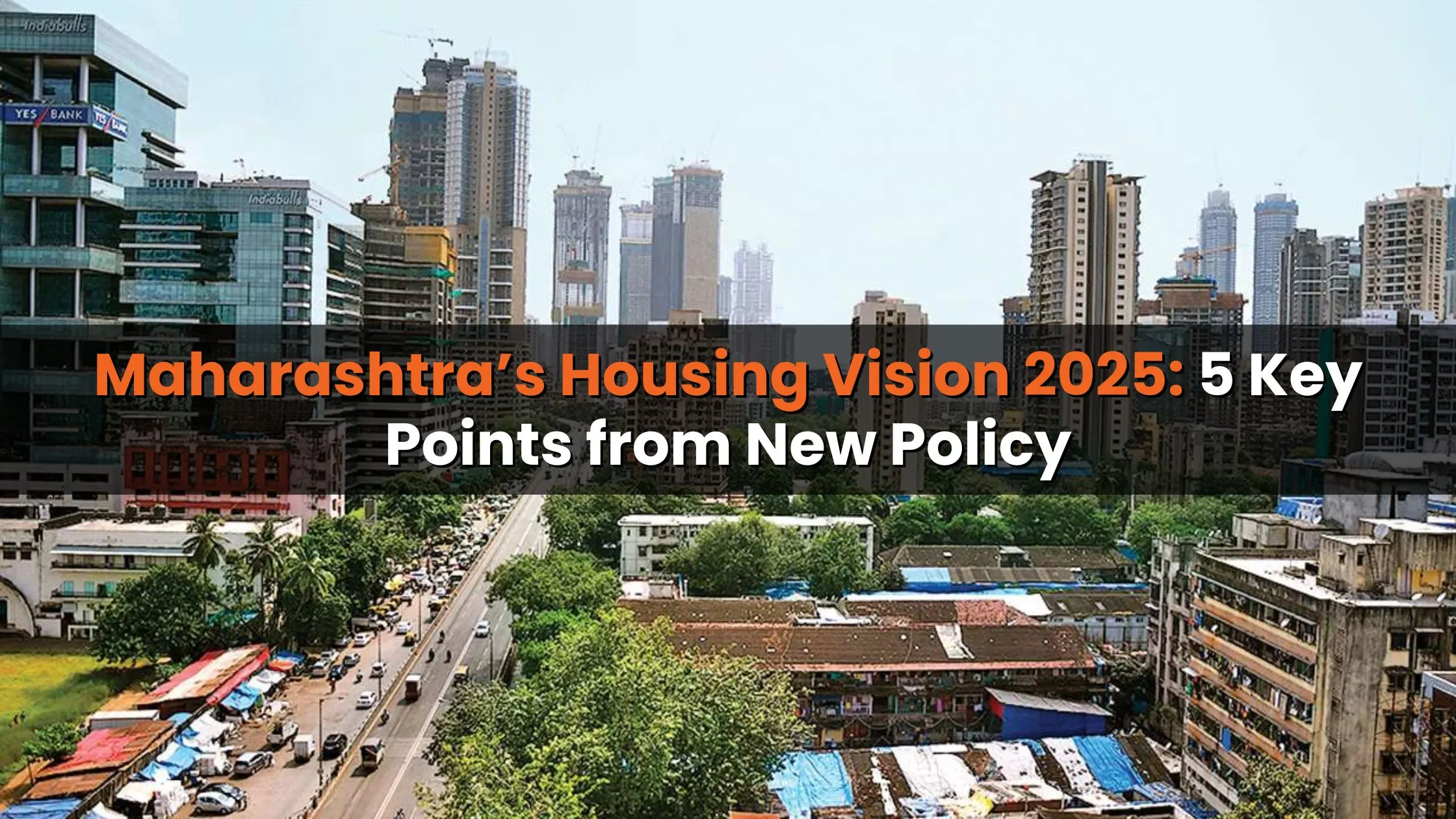
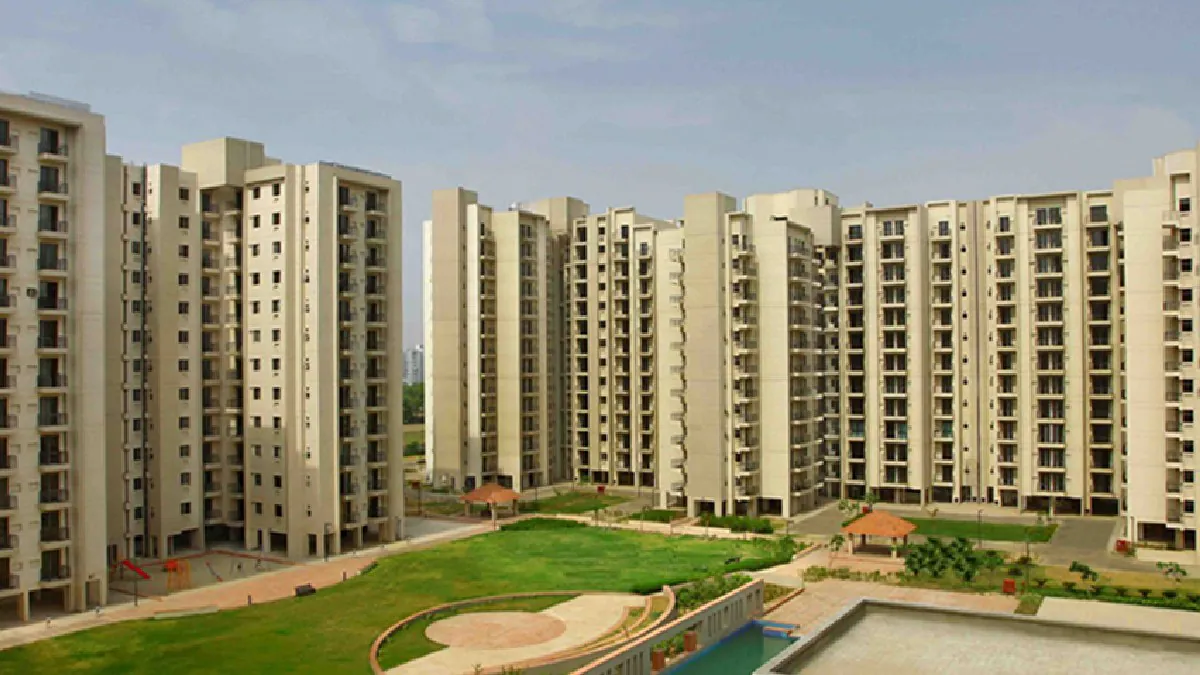
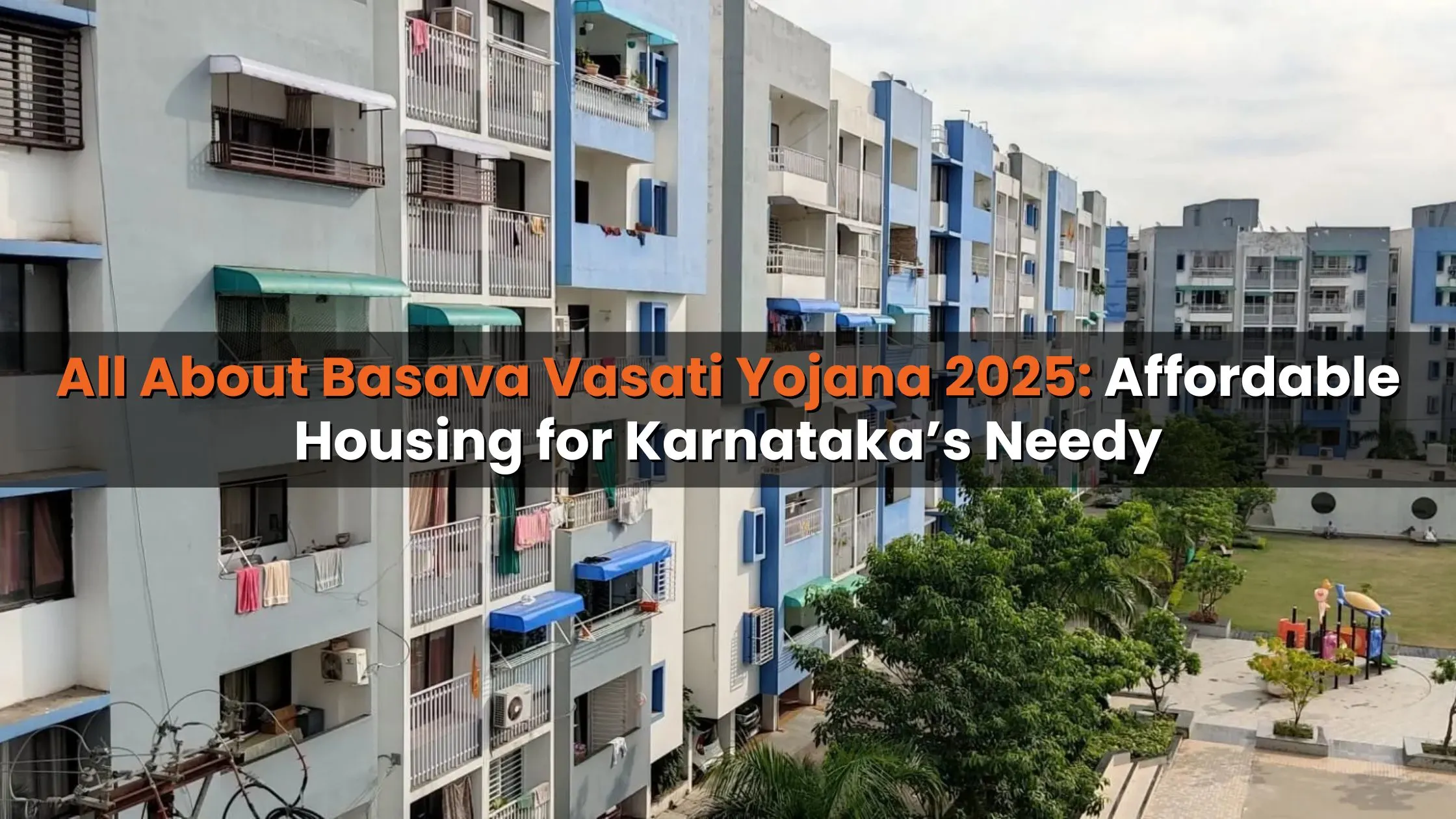
_1755760620.webp)
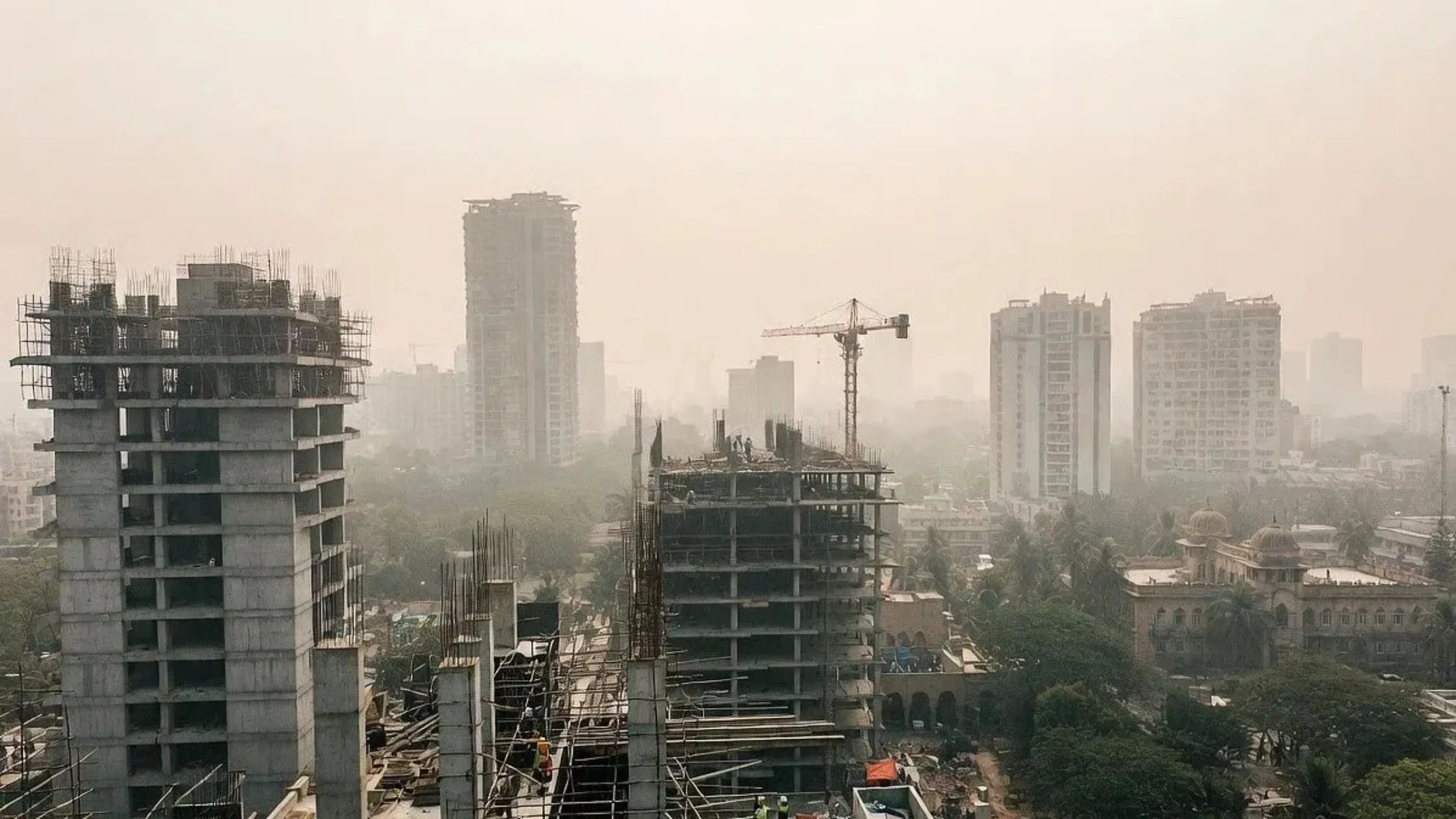
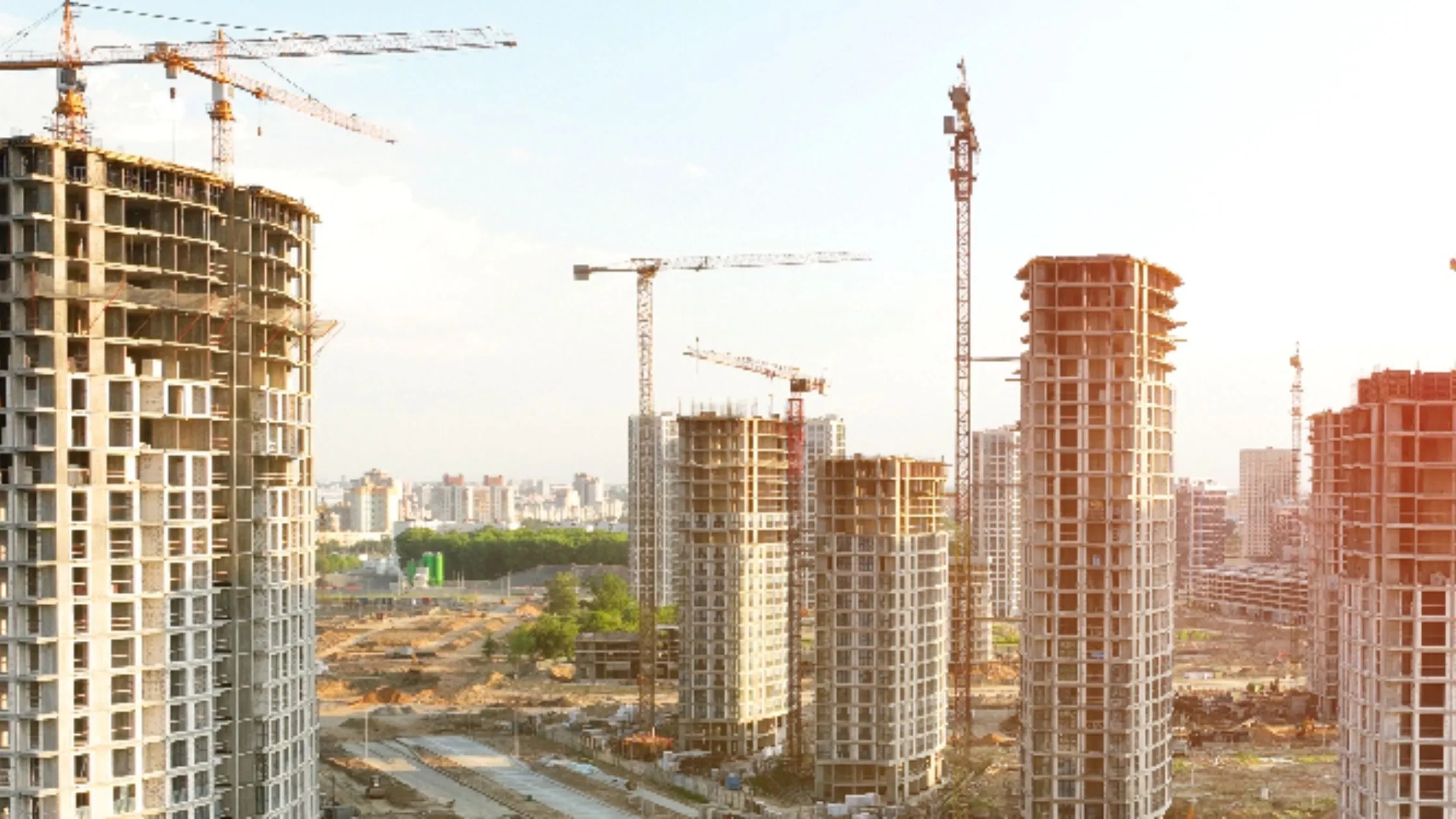
_1766473246.webp)
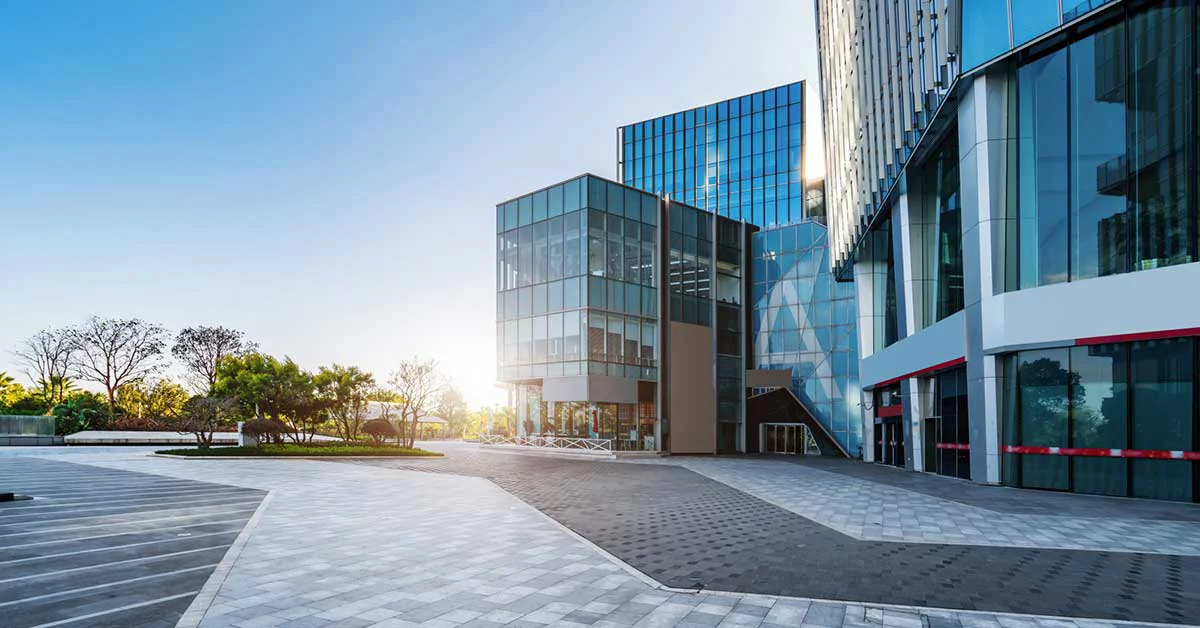

Ans 1. The policy is called Majhe Ghar, Majha Adhikar (My Home, My Right).
Ans 2. The previous policy was introduced in 2007, making this the first major update in nearly two decades.
Ans 3. The policy aims to construct 35 lakh affordable homes by 2030, addressing the housing needs of various socio-economic groups.
Ans 4. Self-redevelopment allows housing societies to redevelop their buildings without relying on external developers. The government has allocated ₹2,000 crore for funding and created a dedicated cell to assist with planning, funding, and execution.
Ans 5. A land bank will be created from government-owned lands by 2026 to facilitate the development of affordable housing.
Ans 6. Yes, the policy focuses on reviving stalled projects, particularly slum rehabilitation and cluster redevelopment, by offering incentives to developers.
Ans 7. Yes, the policy includes measures to encourage senior living and student housing through tax benefits, stamp duty concessions, and Floor Space Index (FSI) incentives.
Ans 8. This initiative promotes residential development near industrial hubs, reserving 10-30% of land in industrial zones for worker housing. It aims to reduce commuting times and improve urban living standards.